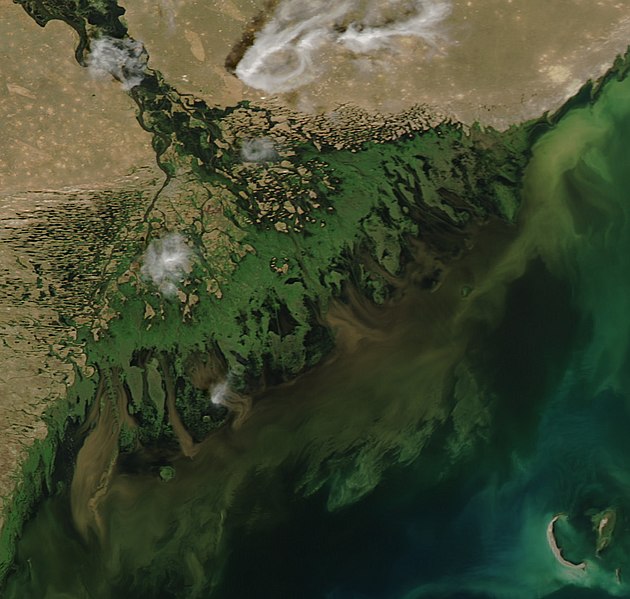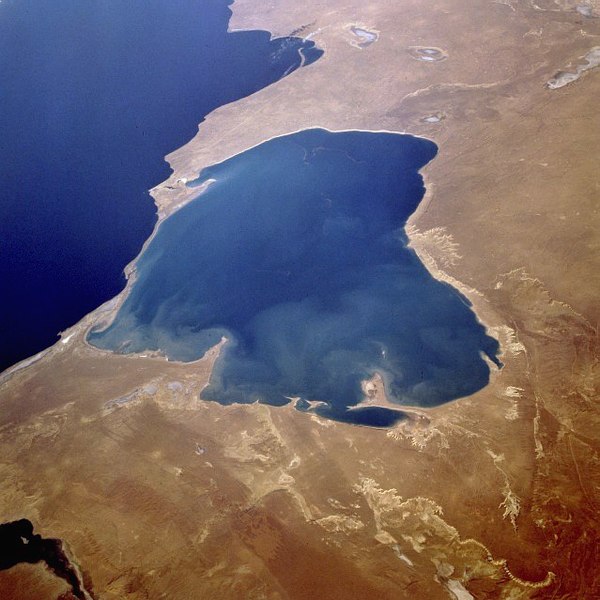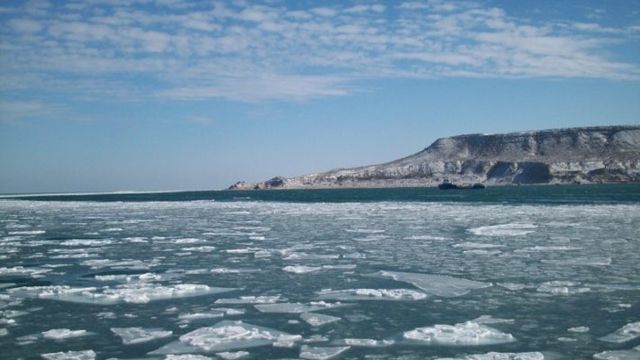The Caspian Sea is a unique ecosystem that has no outlet to the World Ocean, with the exception of the Volga River. The largest lake in terms of area on Earth, which has the characteristics of the sea: salinity, the bed of the Caspian Sea is composed of rocks of the oceanic type, and the tide regime is similar to that of the sea.
Below is an overview of interesting facts about the Caspian Sea:
1. The largest enclosed water reservoir on the planet that does not have the connection with other seas and oceans.
2. The third place in the world in terms of maximum depth: Baikal (Russia) – 1620m, Tanganyika (Africa) – 1435m, Caspian Sea – 1025m.
3. The average depth is not more than 208 meters.
.jpg)
4. 11 meters is the wave height recorded in the Caspian Sea.
5. The Caspian does not have outflow, despite this, the water level in the sea is unstable. For three thousand years, fluctuations in the water level amounted to 40 meters. Today, it is still unknown where the water from the Caspian Sea goes.
6. 130 rivers flow into the Caspian. About 70% of sewage in the sea is brought by the largest Russian river Volga (length 3530 km).

7. There are 50 islands in the Caspian Sea. The largest island of Turkmenistan is Ogurchinsky or Ogurjaly.
8. Large and small bays are scattered along the coastline. There are 16 bays in total, many of which were formed several million years ago.
9. The first people lived on the shores of the Caspian Sea 75 000 years ago.
10. The process of complete renewal of the seawater occurs every 250 years.
11. Kara-Bogaz-Gol is one of the largest and most mysterious bays of the Caspian Sea. The salinity of the bay reaches 200%, the source of mirabilite (Glauber’s salt).

12. The age of the Caspian Sea is 6 million years.
13. The progenitor of the Caspian, Black, Azov and Aral Seas, and the Hungarian Lake Balaton, is the ancient Tethys Ocean.
14. During its centuries-old history, the Caspian Sea had about 70 names. Different peoples called it differently: Egyptians – Dzhurjan, Chinese, Hindus – Vorukhs, Turkmens – Kukkuz, Kazakhs – Atyrau.
15. The sea is located on the border of Asia and Europe.
16. The waters of the Caspian Sea wash the shores of five states – Turkmenistan, Russia, Kazakhstan, Azerbaijan and Iran.
17. Almost 90% of the world’s black caviar production until the 2000s came from the Caspian Sea.

18. The first detailed and reliable map of the Caspian was formed after the expedition of Bekovich-Cherkassky in 1719.
19. In 1921, lucky fisherman caught a beluga weighing more than 1200 kilograms. Sizes comparable to some of the predatory inhabitants of the oceans – sharks and killer whales.
20. The Caspian Sea is rich in oil and gas fields.
21. Baku is the largest port city of the Caspian Sea.
22. The northern section of the sea is considered the shallowest.
23. Due to the unstable water level, the outlines of the Caspian Sea are constantly changing. During the maximum high water, it can communicate with the Black Sea.
24. In winter the northern part of the sea freezes and is covered with ice.
25. According to modern estimates, the Caspian Sea contains about 6,5 billion tons of oil and gas reserves.
26. Icebergs in the Caspian are rare. The last drift of the anomalous ice block was observed here in December 2020.

27. Plates were raised from the bottom of the sea, recognized as part of the Sabayil castle (1234). “Bayil Stones” are kept in the Shirvanshah Museum in Baku.

28. Approximately 1800 different species of animals live in the waters of the sea and on its shores, and the flora of the Caspian includes more than 700 species.
29. The Caspian seal is endemic to this sea. Unfortunately, the population of this unique marine mammal has been greatly reduced in recent years.

30. August 12 – International Day of the Caspian Sea.
Sources: proreki.ru; karatu.ru; мегафакты.рф; etokavkaz.ru.
Also read:

